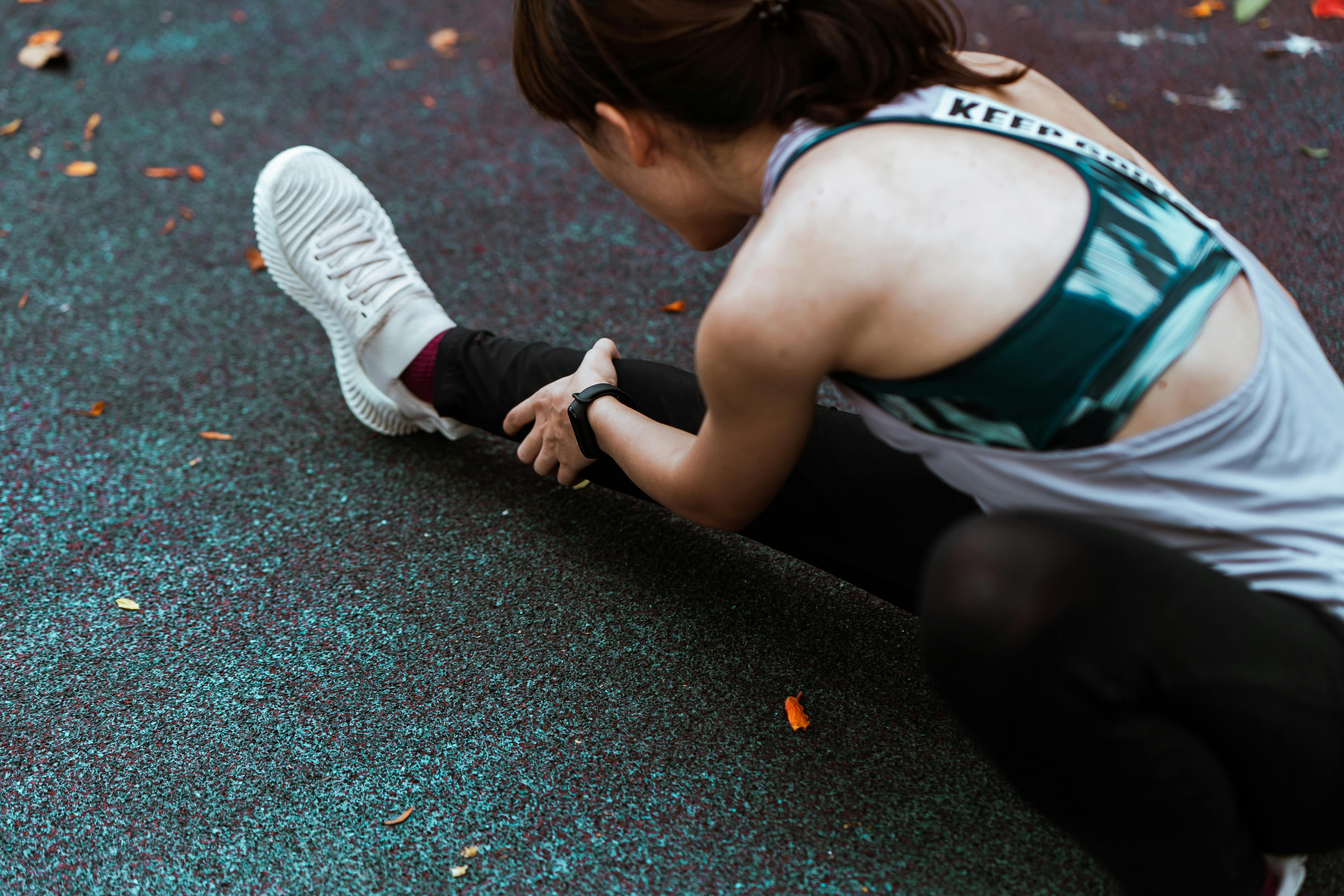Within the vast reaches of differences that define the human population, there are significant dividers that are not taught or even consciously selected for. Most people have heard the usual: there are people who like dogs or cats, and those who don’t. People who love to travel and those who stay at home. One most notable: “I love to ride horses. They are so majestic.” The flip side of that is “I rode a horse once, and it bucked me.”
One of these dividers that we have seen the most is the runners and the non-runners. They’re usually easy to spot, with one usually looking like a marathon runner and the other, well, not. However, there is a gray area occupied by those who used to run but don’t anymore, or wish they had started running when they were young and capable and didn’t, or those who never ran and who, later in life, they would. like to give it a try.
Welcome to the gray area.
For those with the basic physical ability to accelerate in second gear for more than a mile, running can be a very healthy, fulfilling, life-prolonging, and enjoyable hobby. One doesn’t have to be a marathon runner with 1% body fat and six-minute miles. If simply running is the goal, then start small. Can a “walk around the block once in a while” become a 10K participant? With the right strategy and planning, it can be done. At forty and not feeling all the possibilities? Keep reading and you will see.
We will all admit that the “sports world” gets smaller as we add up the years. Apologies for being blunt, but it’s true. As kids, skateboarding and BMX bike tricks and gymnastics on balance beams are walks in the park. Get to your forties, even your thirties, and the drive for such activities will fade somewhat. We can still ride a bike. Even horseback riding. We can play softball. That kind of things. Fortunately, we humans only have two gaits: walking, using one foot at a time, and running, with a brief period of suspension between strides. Anyone can run at some level. For runners, there are second-gear speeds, from a shuffle to a sprint, and we can all claim a section of that speedometer for ourselves. Are we winning a 5K race? Maybe. Are others passing us? Probably. But are we running while others are not? Definitely. It doesn’t matter what your speed will be. Being out there, taking laps around your house or laps around the local school track, you’re running.
So to begin with, where are we today? “I have never run before.” “I do a little walking here and there.” “I ran when I was young, but it’s been a long time.” Can you put a walker in front of you and step forward to join it? And do that over and over again? That’s a start. We all have physical limitations. Get a medical exam and ask if running is something you can do. Are your joints up to the task? Heart and lungs in a condition to improve? If it’s a “no” to questions like this, can some lifestyle improvements make that happen? It’s worth finding out.
We all need a Starting Point; today he’s huffing and puffing up the stairs. Tomorrow, we’ll probably huff and puff the same way. Next week will be better. Continue until you stop panting. Work your way up from there. Once you walk up a moderate flight of stairs with only a slight rise in your breathing and pulse, get out and walk somewhere. Walk on a treadmill. Walk around the block. For God’s sake, walk the dog. If you don’t have a dog, borrow one.
For the determined, walks can be transformed into brisk walks. Brisk walks can turn into jogs here and there. Soon the jogs will outrun the jogs. Walk to warm up. Run your course. Walk to cool down. This is vital, because the body needs to adapt.
One big advantage the young have over the not so young is overall strength. Total strength involves arms, legs, core, and range of motion. In later ages, not only can we break into an activity, we have to have all the systems in agreement. Even the digestive system plays a much more important role in our later years. Find some power bands and hand weights. Learn some basic Pilates moves for your core muscles. Joints do their job much more easily if they are supported by surrounding muscles, and we tend to lose muscle as we age. Keep your muscles strong and give your joints a chance. Simple arm curls with light dumbbells are great. Squats and lunges strengthen and warm up your leg muscles for action. Even a three-second plank is better than no plank at all.
One cannot stress enough: the need to take care of your knees. As joints, they are perhaps the support structures that take the most time to adapt to second gear. They will eventually, if you’re patient. Increase the distances little by little. If your knees agree with you, add some speed as well as distance. When you’re done running, stretch each muscle group: calves, quads, glutes, and hamstrings.
For shoes, opt for the most expensive ones. Have them fitted at a shoe store, so your feet and legs are in the best alignment for your stride. The right shoes can make the difference between knees that last a lifetime and knees that give up early.
Short local races are wonderful for setting goals. Most allow for walk and jog paces, which is great for the wide spectrum of competitors’ abilities. Keep in mind; there is a need for a 10 or 5K tag. Yes, there is a code of ethics in racing. Sign up early. Show up on time to get your bib number. Heating. Brush your teeth. Don’t wear cologne (please). Start in the group you belong to. Let the rabbits charge without hindrance. Strollers and zip-straps can be commonplace at races, as long as the zip-straps don’t trip up the crowd. Everyone there pays their race fees, so make each racer’s race as winnable as possible. And thank the officers and bailiffs who set up tables and shades, passed out glasses of water and sliced bananas to finish off the snacks. Most of the time, they are all volunteers.
So we all have the potential to become runners. Run the race that your ability allows you. Smile and thank those who, along your way, encourage you (there are always a few). When you’ve finished your run, go back for a cool down ride to cheer on those who are still aiming for the final banner. We all have our own speeds, our own goals, our own triumphs. If we cross the finish line walking, that is also a triumph. But if you can run, keep going!




Recent Comments